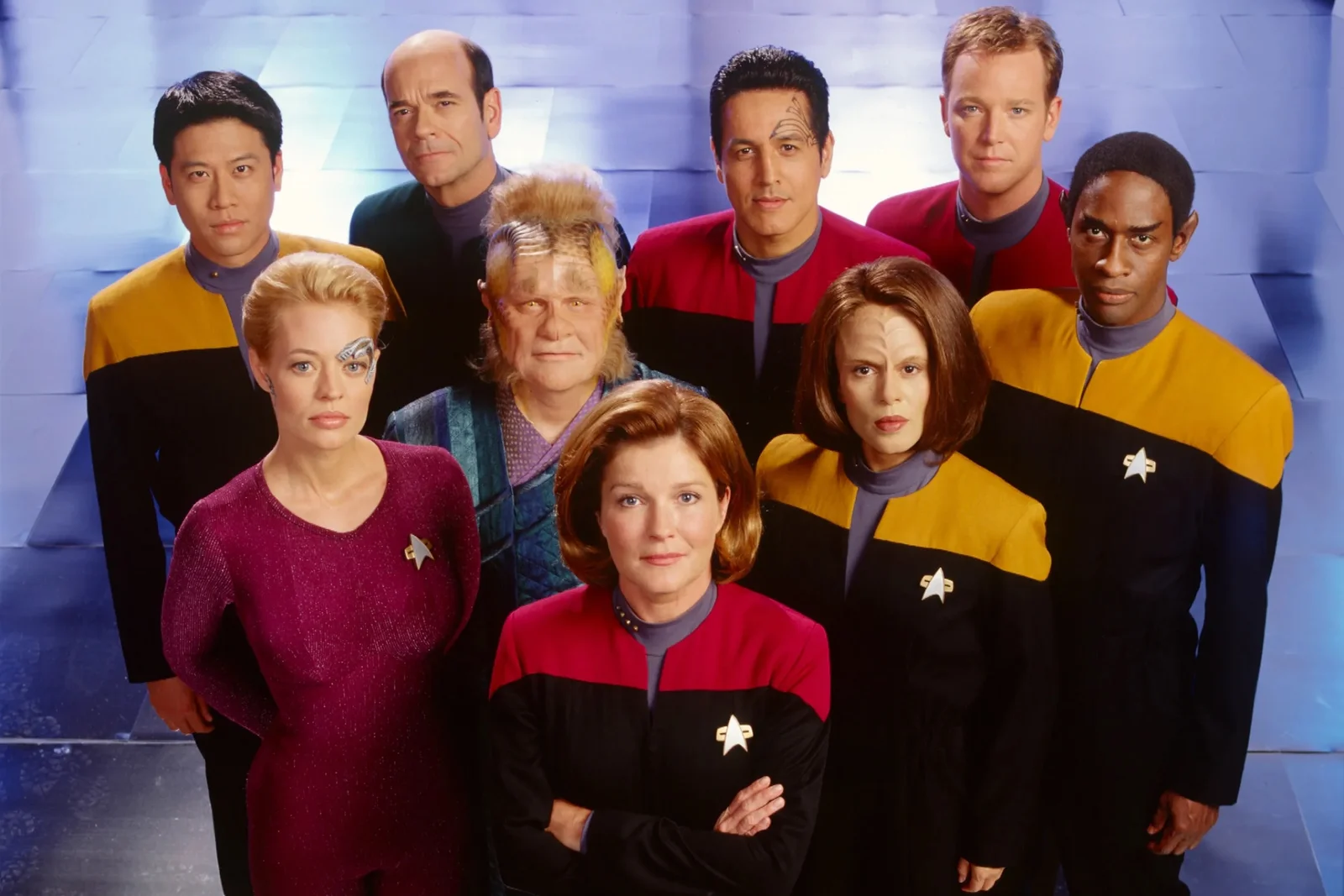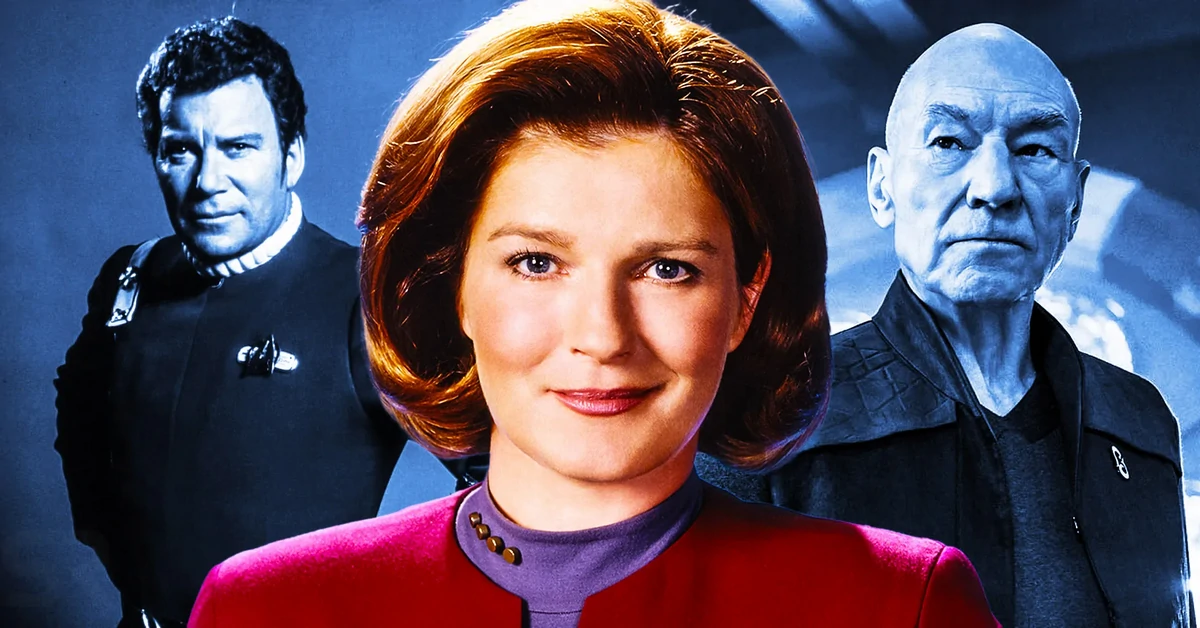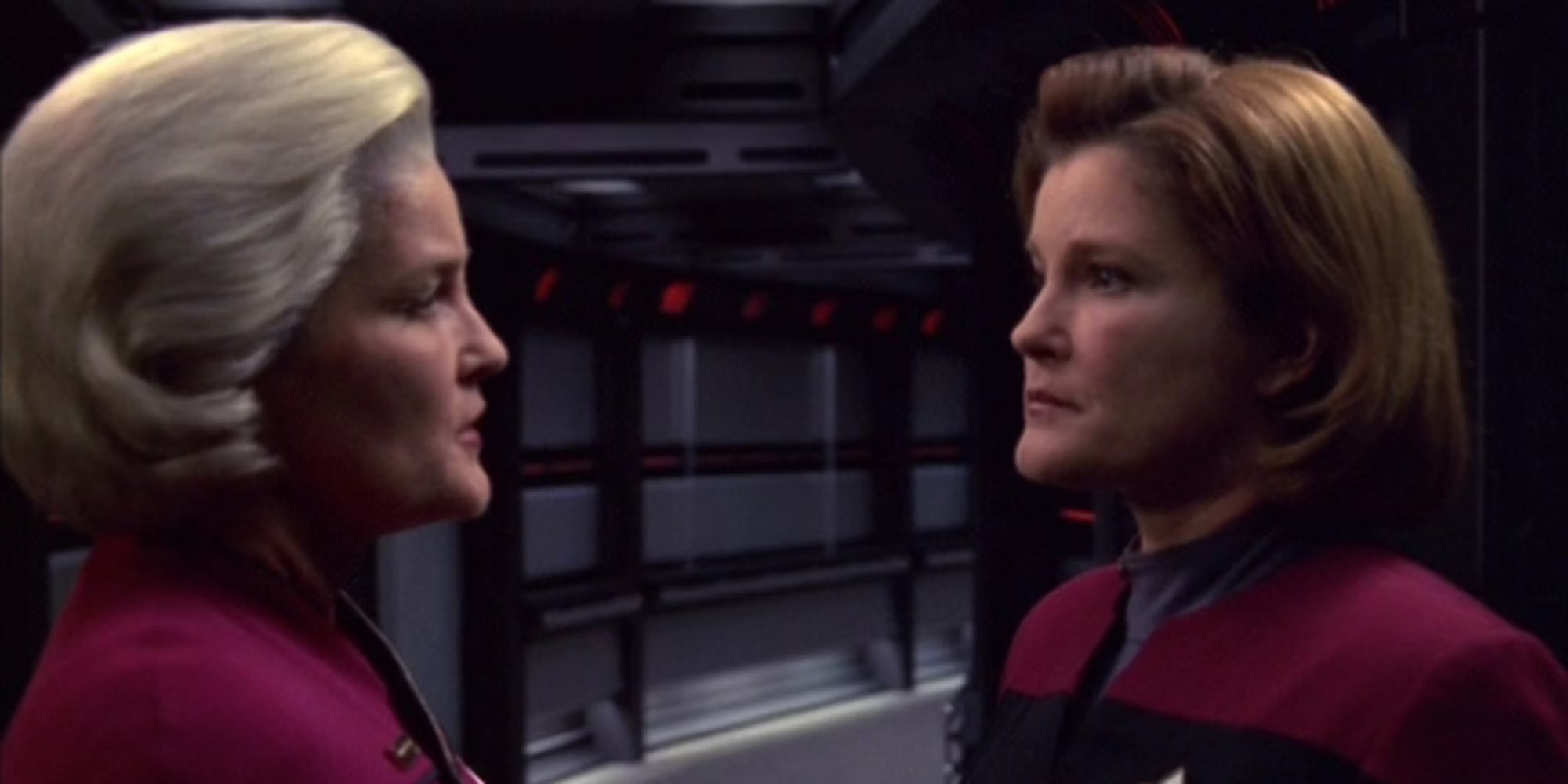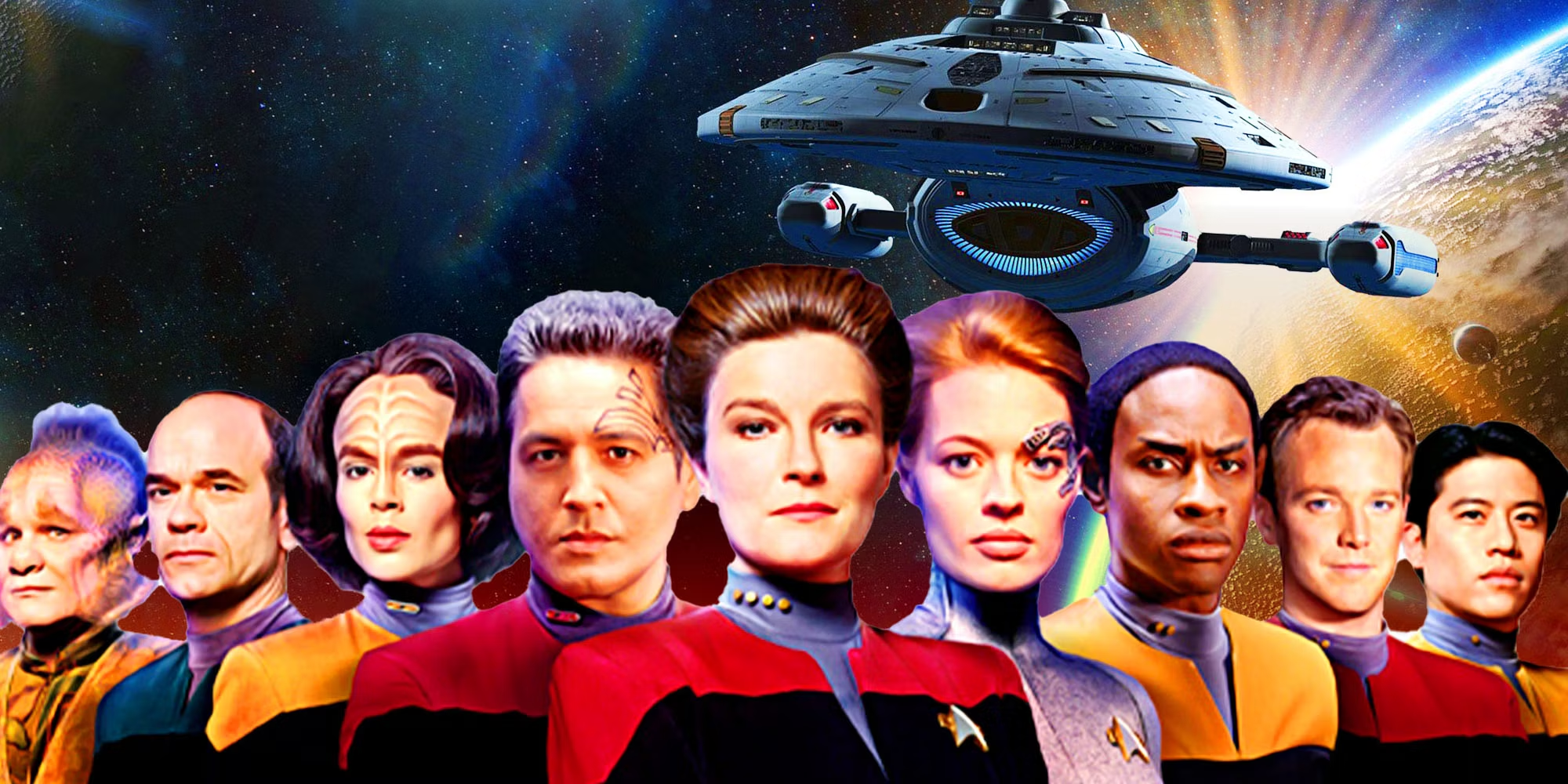In the cosmos of “Star Trek: Voyager,” an iconic character emerged, one who defied the traditional constraints of material existence yet became as real to viewers as any other member of the USS Voyager’s crew. This character was The Doctor, portrayed with a blend of clinical precision and subtle warmth by Robert Picardo. Despite being a holographic projection, The Doctor evolved, learning the intricacies of human emotion and experience, making him a standout character throughout the show’s seven-season run.
The Doctor’s role was initially meant to be limited to that of an Emergency Medical Hologram (EMH). However, circumstances forced his permanent activation, and he took on the mantle of chief medical officer following the death of the original medical team. This promotion marked the beginning of The Doctor’s transformation from a mere program to a pivotal crew member striving to understand the essence of humanity.

A Name That Never Was: The Curious Case of Doctor Smoke
Interestingly, one of the long-standing mysteries and charms of The Doctor was his lack of a permanent name. Throughout the series, he adopted various monikers—Dr. Schweitzer and Schmullus, to name a few—but none stuck. In an amusing twist of fate, an early draft of the “Parallax” episode in season 1 proposed a peculiar name: Doctor Smoke, short for “Doctor Smoke and Mirrors,” a nod to his holographic nature. This name, suggested by the character Tom Paris, never made it past the drafting stage, much to the relief of fans and perhaps the dignity of the character itself.
The Star Trek blog “Red Shirts Always Die” shed light on this amusing anecdote, highlighting how close The Doctor came to bearing a name that might not have resonated with the gravitas and affection he commanded.

From Hologram to Everyman: The Evolution of The Doctor
As the series progressed, The Doctor became more than just a medical officer; he became a vessel through which themes of identity, existence, and humanity were explored. His journey was one of constant self-discovery, reflected in his interactions with other crew members and his increasingly human-like demeanor. The series finale saw him adopting the name Joe in an alternate timeline, a testament to his complete evolution from a programmed entity to a character with a self-determined identity.
Robert Picardo’s Reluctant Road to The Doctor
The character’s depth and appeal were magnified by Robert Picardo’s exceptional portrayal, yet it was a role he was initially hesitant to accept.
In an interview with Star Trek.com, Picardo revealed that he had first turned down the audition for The Doctor, finding the concept of a holographic character unappealing and impersonal. Instead, he sought to audition for Neelix, another character on the show. It was only after being persuaded by his actress friend Megan Gallagher, who had appeared in “Star Trek: Deep Space Nine,” that he reconsidered. Despite the producers’ exhaustive search, which included nearly 900 actors, Picardo was eventually selected to bring The Doctor to life—a choice that would define his career and endear him to “Star Trek” fans worldwide.

The Legacy of a Nameless Hero
The Doctor in “Star Trek: Voyager” remains a beloved figure in the “Star Trek” universe, a testament to the series’ ability to create complex, evolving characters that capture the imagination of its audience. Whether he’s known as The Doctor, Joe, or the one who almost became Doctor Smoke, his impact is indelible—a beacon of growth, learning, and humanity, all wrapped up in the pixels of a hologram.
